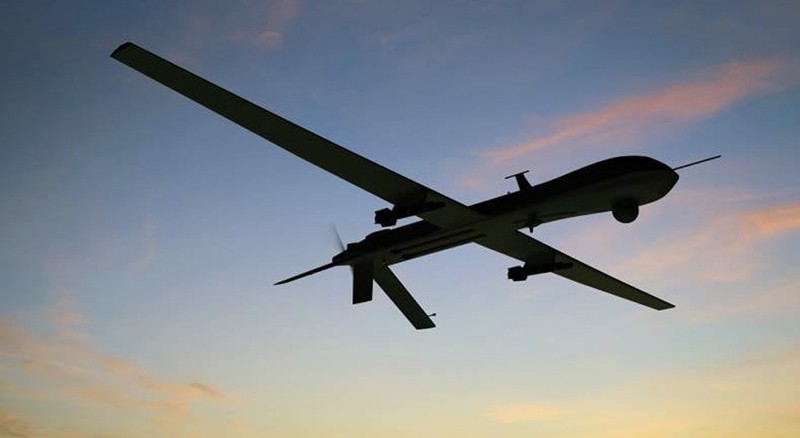 |
The American reconnaissance-attack aircraft RQ-1 (reconnaissance) / MQ-1 (reconnaissance-attack) named Predator was born at the end of the 20th century, marking the appearance of the latest generation of unmanned aerial vehicles (UAVs) on the battlefield.
However, the MQ-1 Predator is not the first UAV to be used for military purposes. One can recall the Soviet Swallow reconnaissance UAVs, which the Ukrainian military has successfully turned into cruise missiles today, or the reconnaissance UAVs of the Israel Defense Forces, used in the Arab-Israeli wars.
However, the Predator UAV was in many ways the prototype of the combat vehicles that later became common on the battlefield.
 |
| MQ-1 Predator drone and control center |
What is the MQ-1 Predator UAV?
It was a pretty high-tech machine for its time, capable of performing combat missions much cheaper and with much less risk than manned aircraft could. In fact, the MQ-1 Predator UAV supplemented combat helicopters on the battlefield and practically replaced combat vehicles such as attack aircraft in the battlefields of Iraq, Afghanistan and Syria.
Despite certain shortcomings such as poorly protected communication systems, the risk of being easily shot down, taken over by the enemy or forced to land at an enemy airport, the UAV topic has attracted great interest from the armies of countries and the world's leading defense industrial complexes.
In previous wars, many modern weapons were used, but they were too expensive for a long war of attrition, as is the case in the current Russia-Ukraine conflict. Therefore, cheaper, easier-to-use UAVs appeared to solve some of the problems of war. However, the recent trend of producing more expensive and more complex UAVs has reduced their original use.
In general, the range of UAVs in combat is extremely wide. It starts from the cheapest models, the suicide UAV, which costs about 7,000 USD, to super high-tech machines such as the US RQ-4 Global Hawk strategic FPV reconnaissance UAV, which costs tens of millions of USD. In principle, you get what you pay for. To increase complexity, thereby increasing profits, UAV models today tend to integrate many different functions. Let's consider this issue in some of the world's leading UAV-producing countries.
USA
The MQ-1 Predator UAV, which costs $3-4 million, has been replaced by the MQ-9 Reaper UAV, which costs $14-30 million (the one that crashed in the Black Sea on March 14, 2023, costs $30 million, and has the ability to change from reconnaissance and surveillance to searching for and destroying targets). The MQ-9 can carry a maximum payload of 1.7 tons, with weapons including AGM-114 Hellfire ground-to-air missiles, GBU-12 laser-guided bombs or GBU-38 satellite-guided bombs, and can also be equipped with AIM-9X or Stinger air-to-air missiles. Its range is 1,900 km and it can operate continuously for 14-23 hours. Imagine, $30 million is equivalent to the cost of a manned fighter jet or helicopter.
 |
| MQ-1 Predator (left) and MQ-9 Reaper (right) |
But the US military industrial complex did not stop there, a very complex and expensive Avenger UAV with a jet engine capable of flying up to 2,900 km and a flight time of 18 hours, has been developed at a cost of over 30 million USD, on par with a fifth-generation fighter.
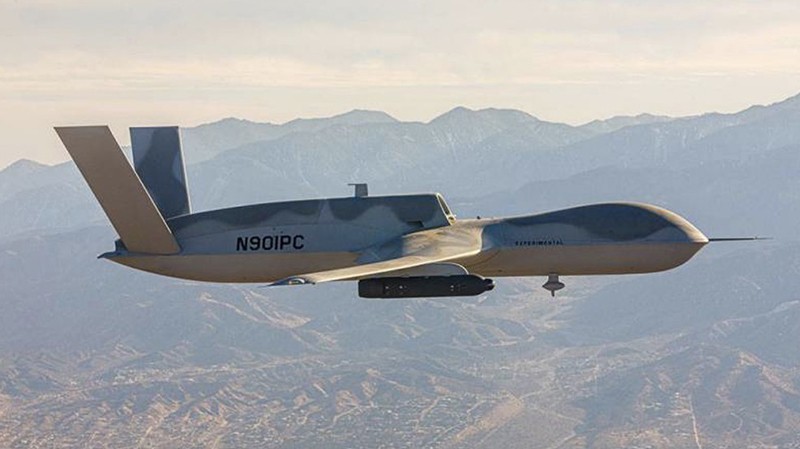 |
| Avenger UAV |
Overall, the United States has a variety of UAV projects, some of which are very successful in terms of cost-effectiveness, while others simply demonstrate the desire of the US military-industrial complex to be commercial, to make as much money as possible.
Türkiye
The popularity of the Bayraktar TB2 UAV proved effective in the Armenia-Azerbaijan conflict, largely due to its similarity to the US MQ-1 Predator UAV. However, in the Russia-Ukraine conflict, the Bayraktar TB2 UAV's successes were more modest. It was only used in the early stages of the war by the Ukrainian army, but later Russia studied and destroyed many of these types on the battlefield.
The TB2 works well if the enemy does not have sophisticated electronic warfare and air defense systems, which Russia does. Currently, Ukraine mainly uses the TB2 for intelligence, surveillance and reconnaissance purposes rather than for attack.
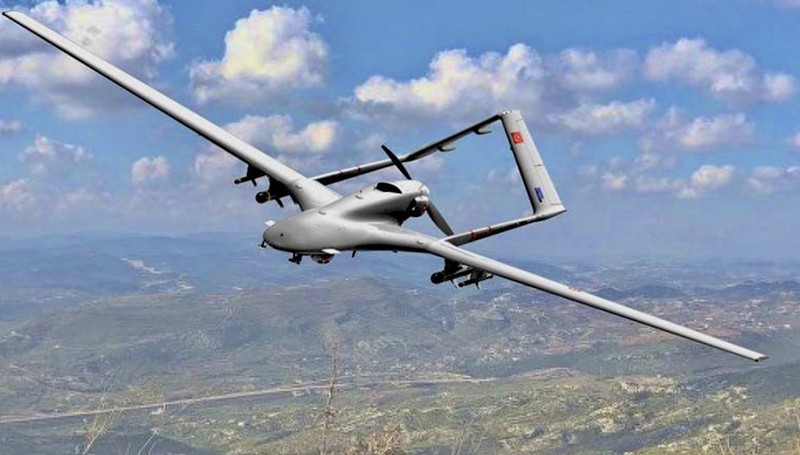 |
| UAV Bayraktar TB2 |
After the Bayraktar TB2 UAV, the Turkish military-industrial complex developed the Anka UAV, which costs about $15–20 million and is similar to the American MQ-9 Reaper UAV. Unlike the American MQ-9 Reaper, which replaced the MQ-1 Predator, the Anka UAV does not change but complements the Bayraktar TB2, meaning that they occupy different segments, both in the international market and in the Turkish military.
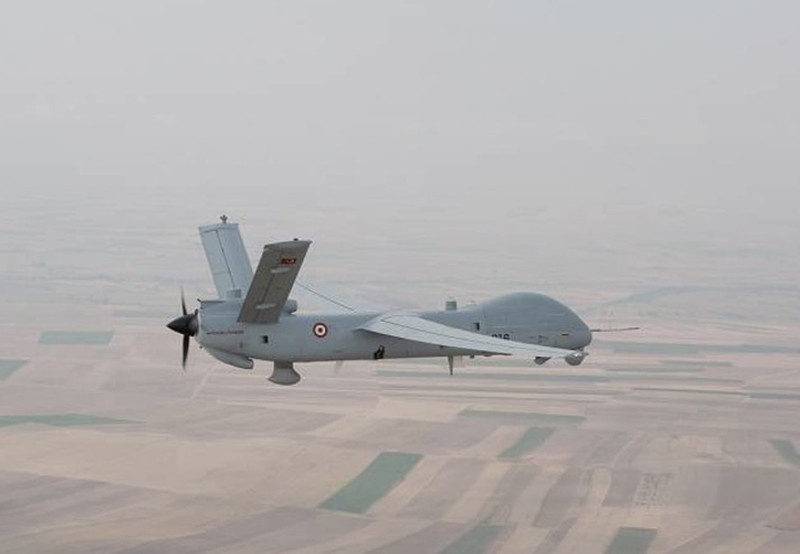 |
| Anka UAV |
The pinnacle of the Turkish military-industrial complex is the Bayraktar Kızılelma jet attack UAV project in the MIUS-A (subsonic) and MIUS-B (supersonic) variants. Different variants use Ukrainian (Soviet-origin) AI 25TLT and AI-322F or Turkish TF-6000 turbofan engines. The UAV is also equipped with low-detection technology. The Bayraktar Kızılelma has a take-off weight of 6 tons, a payload of up to 1.5 tons, and can stay in the air for up to 5 hours at an altitude of 12,000 meters. The price of this UAV is not yet known, but it is certainly not low.
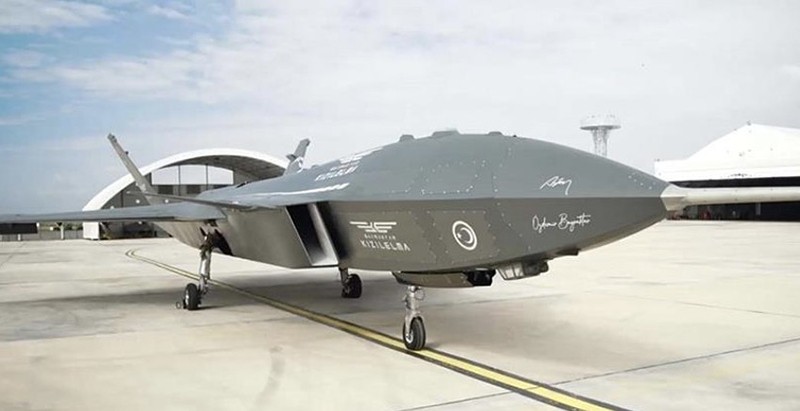 |
| Bayraktar Kızılelma jet attack UAV |
Russia
In Russia, things are similar, but more complicated. Almost simultaneously with the Turkish Bayraktar TB2 UAV and the American MQ-1 Predator UAV, Russia developed the Orion UAV, as well as the Altair/Altius UAV, which is similar in characteristics to the Turkish Anka UAV and partly to the American MQ-9 Reaper. In addition, the heavy, stealthy, jet-powered and expensive S-70 Okhotnik (Hunter) UAV is, in a sense, similar to the Turkish Bayraktar Kızılelma UAV or the American Avenger.
According to Russian news, the testing of the S-70 Okhotnik UAV is still underway, while the Orion UAV has already entered serial production. At the same time, there is some lull in the development of the Altair/Altius UAV. Several years ago, other UAVs were announced, such as "Thunder", "Sirius", "Helios", "Molniya", but there is still no information about the stage and current status of their creation.
However, according to foreign intelligence, for the first time in the conflict in Ukraine, the Russian military used the S-70 Okhotnik attack and reconnaissance drone in late June 2023 in Sumy. This type has a range of up to 6,000 km, reaching speeds of up to 1,400 km/h. The S-70 can carry tons of ammunition, and its operating altitude is 18 km. The main task of the S-70 is to strike deep with precision weapons at enemy targets such as command posts, logistics depots and armored vehicles. If the UAV operates in pairs, it will be controlled by a fifth-generation fighter pilot, which increases its combat capabilities. The cost of the S-70 Okhotnik UAV is not cheap, 1.6 billion rubles, about 23 million USD (exchange rate of 1 USD/70 rubles).
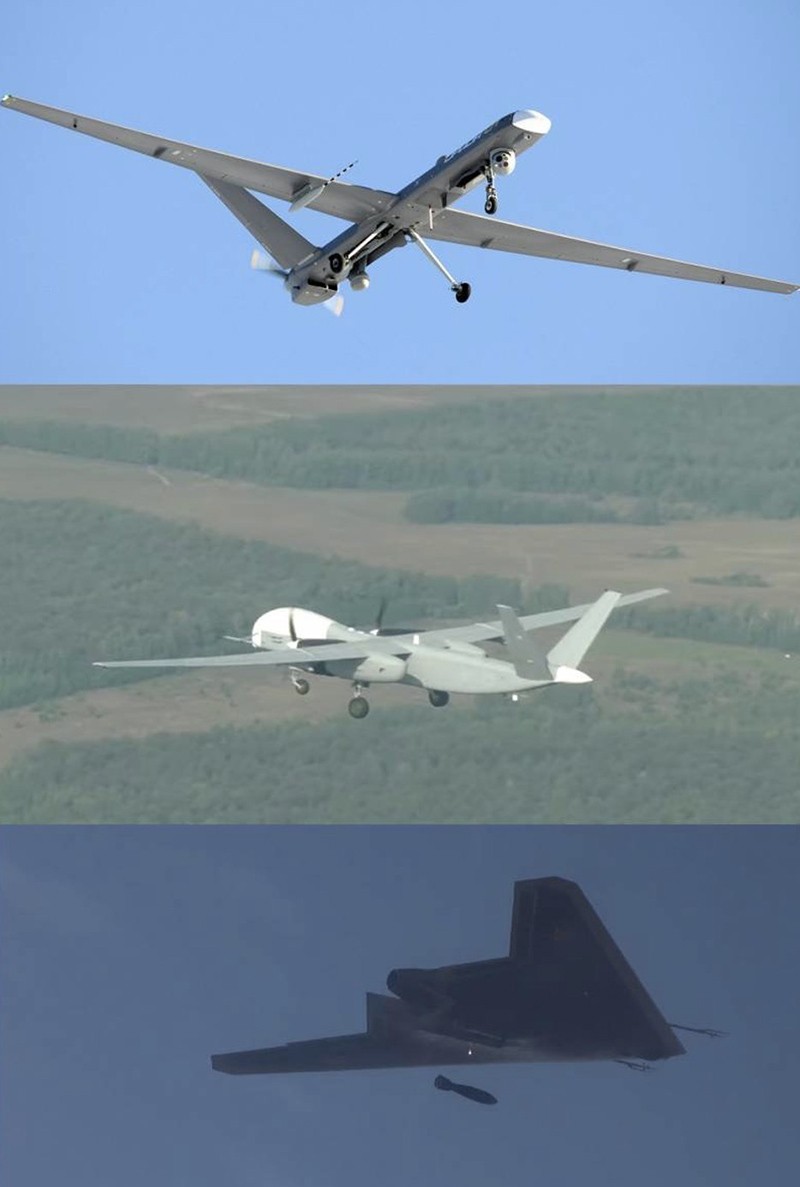 |
| UAV Orion (top), UAV Altair/Altius (middle) and UAV S-70 Okhotnik (bottom) |
Iran
Another example is the Iranian military-industrial complex ambassador "Geran-2", which was originally called Shahed 136. It can be assumed that in its current form the "Geran-2"/Shahed 136 UAV seems to be close to the ideal in terms of cost/performance. However, Iran is also testing this UAV in a jet-powered version (TRD).
Will this result in a significant increase in performance? It is unclear, only the flight speed will increase and the flight range may even decrease. But the fact is that the cost will increase. On the other hand, if the jet engine is more powerful, it will significantly increase the heat signature of the UAV and make it more vulnerable to anti-aircraft missiles with infrared homing heads.
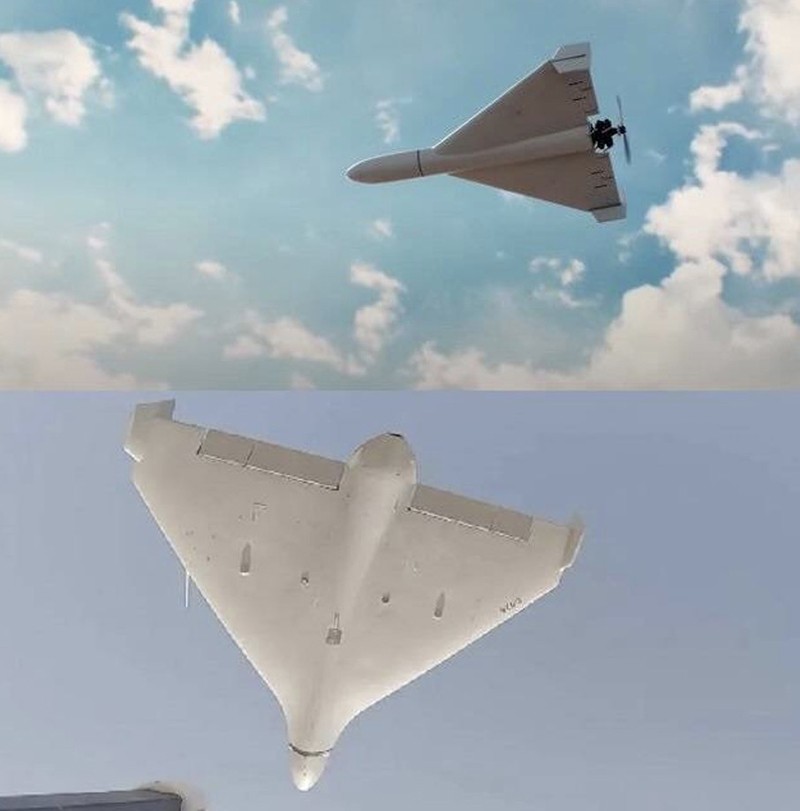 |
| Classic Shahed 136 UAV and Shahed 136 variant with jet engine |
More. Higher. More expensive.
As mentioned above, there is a trend towards improving the tactical and technical characteristics of UAVs and increasing their cost. The question is whether such expensive modernization is worth it?
Look, one MQ-9 Reaper UAV costs as much as 4 to 8 MQ-1 Predator UAVs, which one will bring more benefits. Certainly, the MQ-9 Reaper has the same chance of surviving on the battlefield as the MQ-1 UAV. For air defense systems, the ability to defeat the two UAVs is almost the same.
Does the MQ-9 Reaper have a larger payload than the MQ-1 Predator? Yes, but not 4 times, and certainly not 8 times. There is another point, 1 MQ-9 Reaper UAV will obviously not be able to be in 4-8 places at the same time. And high speed? For modern air defense systems, defeating them is not too difficult, besides, sometimes slower targets are even harder to hit.
The main problem is that any UAV can be shot down. That is almost certain. When UAVs were first developed, there was much talk of UAVs being able to roll at will to avoid anti-aircraft missile systems, something no pilot could endure. But so far no UAV has been built that way, and neither will it be in the future.
Therefore, there must be a rationale for increasing the complexity and cost of UAVs. It is argued that it is necessary to ensure a clear division of UAVs according to the tasks they solve and to prevent the increase in the cost of UAVs.
In any case, the idea of multi-role drones should not be pursued, which would lead to sky-high prices, as happened with manned fighters. Priority should be given to narrow specialization of UAVs, with many different variants to solve different narrow problems.
For example, a UAV designed to hunt enemy armored vehicles would include an optoelectronic system (OES), while a UAV designed to attack stationary targets would have this system redundant. Attacking a radar station would require an AWACS UAV or a UAV specifically designed to hunt aircraft.
suicide UAV
There is a distinct price point for kamikaze drones, especially long-range ones. Their “disposable” nature implies the need to keep costs as low as possible.
What would modernize a suicide UAV look like? It would be about maximum benefit with minimal cost increase. To make the UAV stealthy, for example, it would be worth changing the material of the UAV body to fiberglass or conventional materials, even if the aerodynamics are slightly reduced. But using special coatings and expensive structural materials is definitely not advisable.
Another example of a significant increase in the effectiveness of long-range suicide UAVs is the ability to re-target in flight. If you install an expensive anti-jamming communication system with satellites on each such UAV, this is unacceptable. But if we install a simple civilian communication system with satellites like the United States (Starlink) and China already have, this will bring huge advantages.
At the same time, to counter the enemy's electronic warfare (EW) problem, it is necessary to change tactics, using "mother" UAVs to transport "child" suicide UAVs like Russia is implementing the Orion and Lancet-3 UAVs. After receiving initial information about the potential target location, one or more Orion UAVs with Lancet-3 UAVs fixed under the wings will take to the air and move to an effective distance, taking into account the maximum hover time and avoiding the minimum risk to the transporting UAV.
Depending on the type of air defense system the enemy has in a given area, a high-altitude or low-altitude flight plan can be selected. In the latter case, the transport UAV's flight path must pass through a deserted area, preferably one with dense vegetation. Upon receiving a signal from the command post, the mother UAV will launch the suicide UAV, which will then continue to hover to ensure the transmission of communication signals. The suicide drone enters the area that is supposed to be the target and searches for it. After detecting the target, the suicide UAV will destroy it.
Conclude
In many ways, UAVs were designed to address the problem of the skyrocketing cost of modern weapons like missiles and manned aircraft and the enormous operating costs. The problem is that the cost of UAVs is starting to rise again.
It is necessary to clearly divide UAVs, determine where it is reasonable to increase costs with a corresponding increase in performance characteristics and where it is unacceptable. However, many military industrial complexes do not think so. A race, both in technology and in profits.
Source





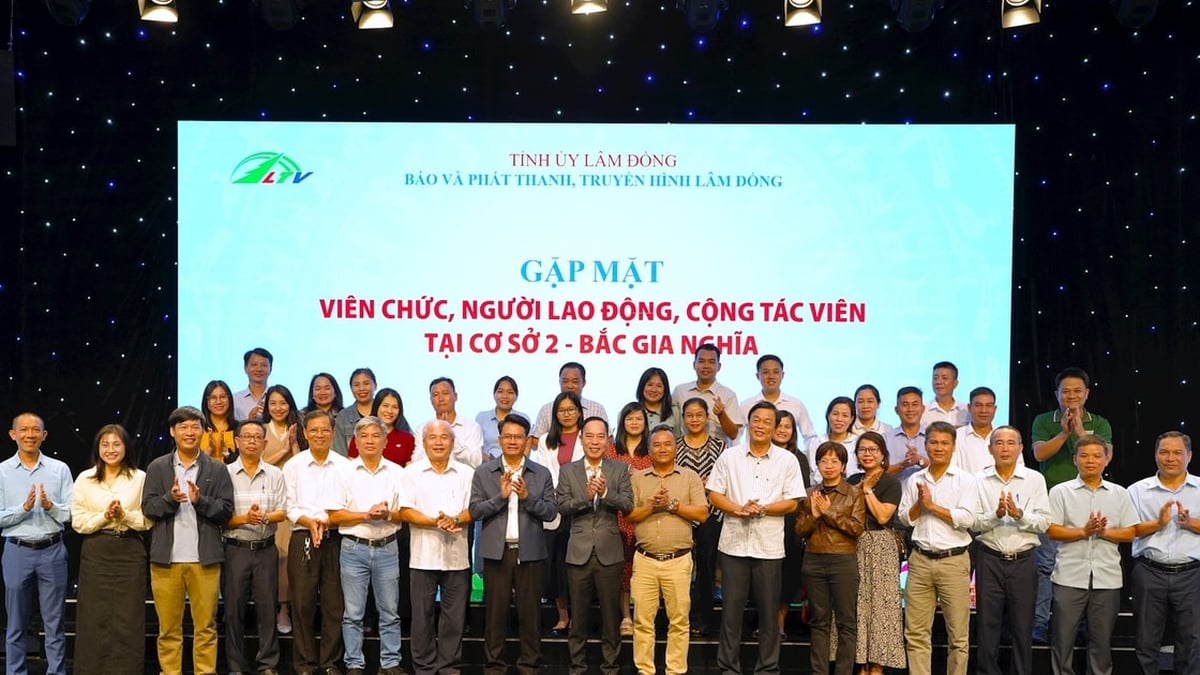
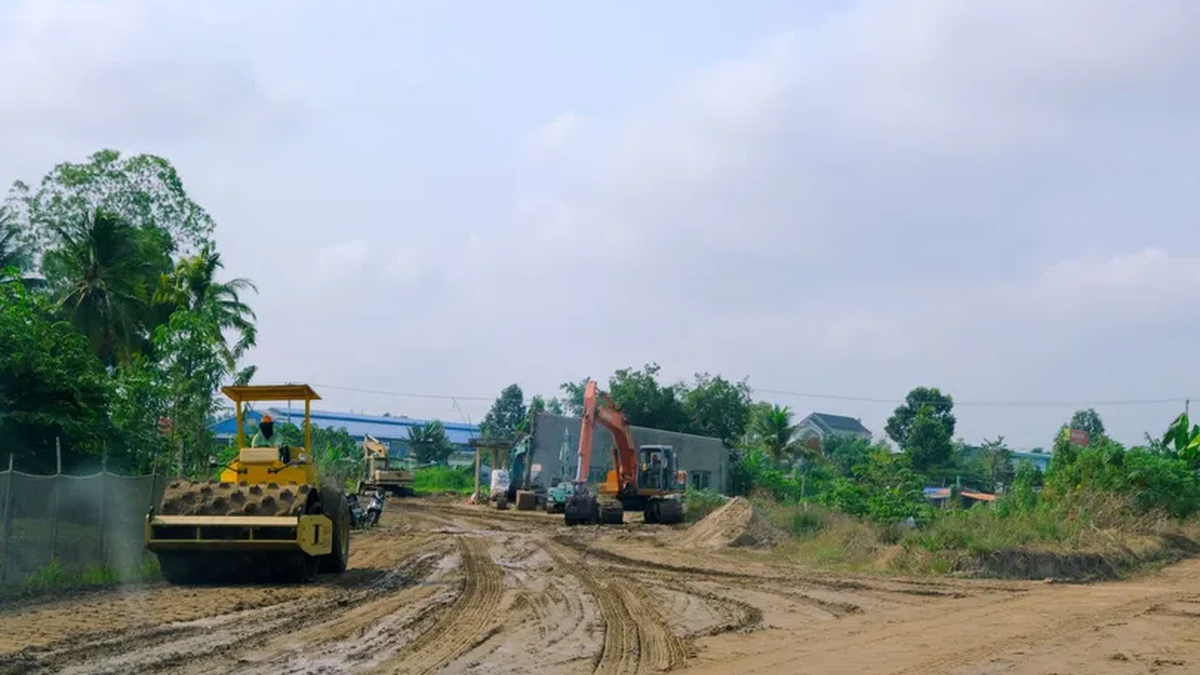




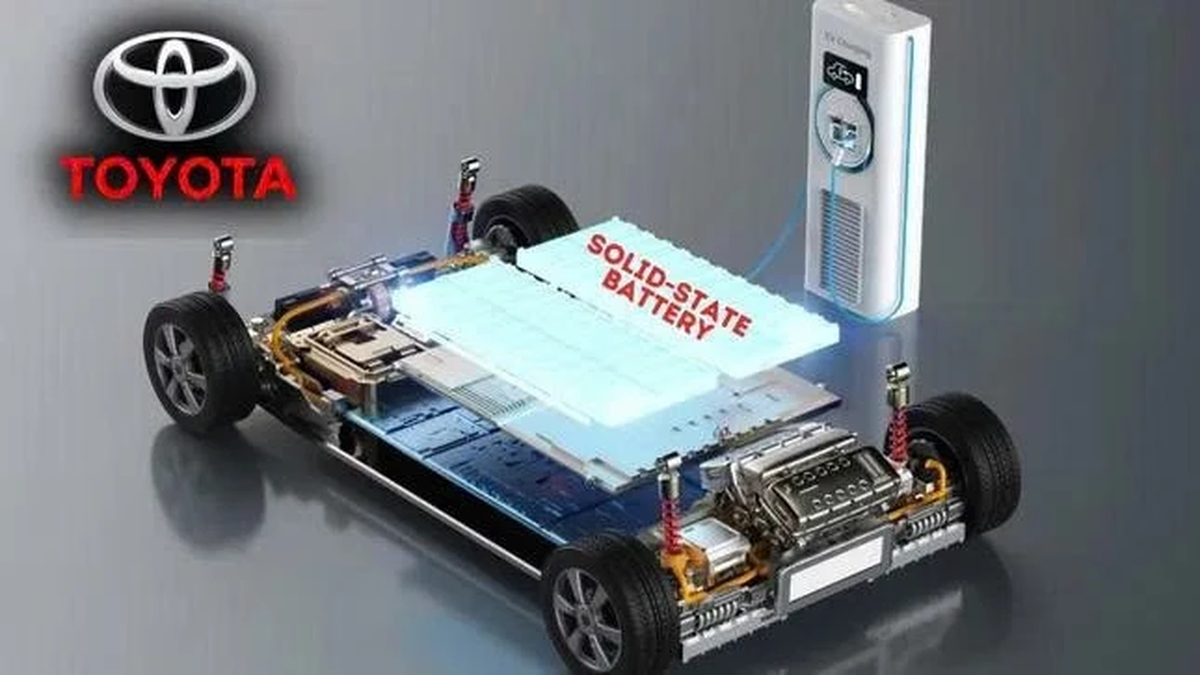















![[Photo] National Assembly Chairman Tran Thanh Man visits Vietnamese Heroic Mother Ta Thi Tran](https://vphoto.vietnam.vn/thumb/1200x675/vietnam/resource/IMAGE/2025/7/20/765c0bd057dd44ad83ab89fe0255b783)






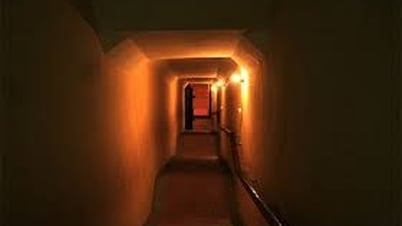



























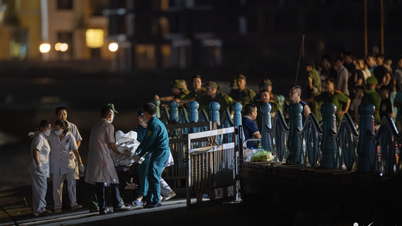
































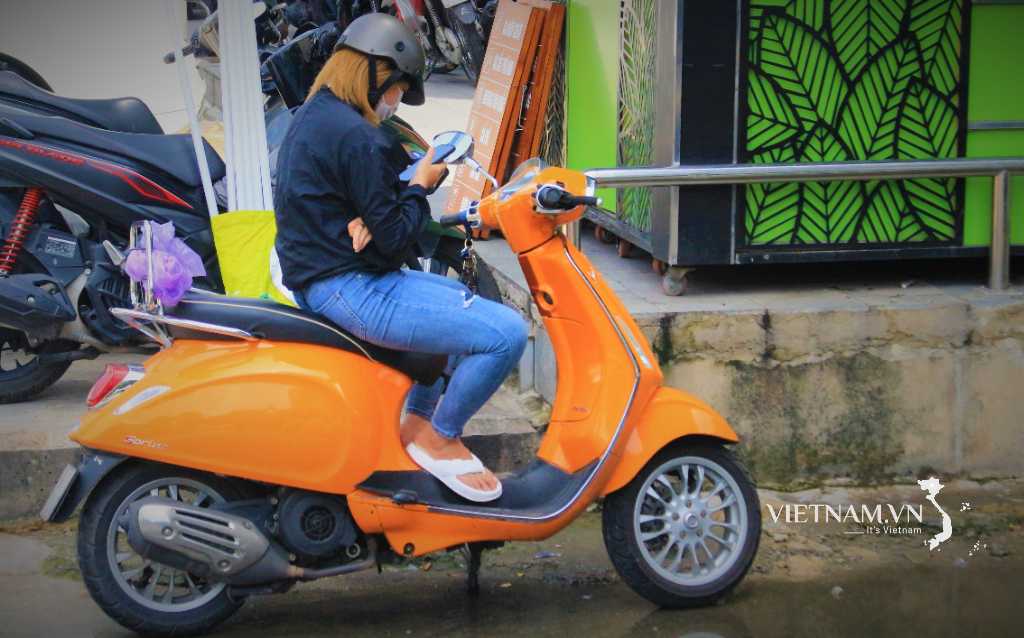

Comment (0)